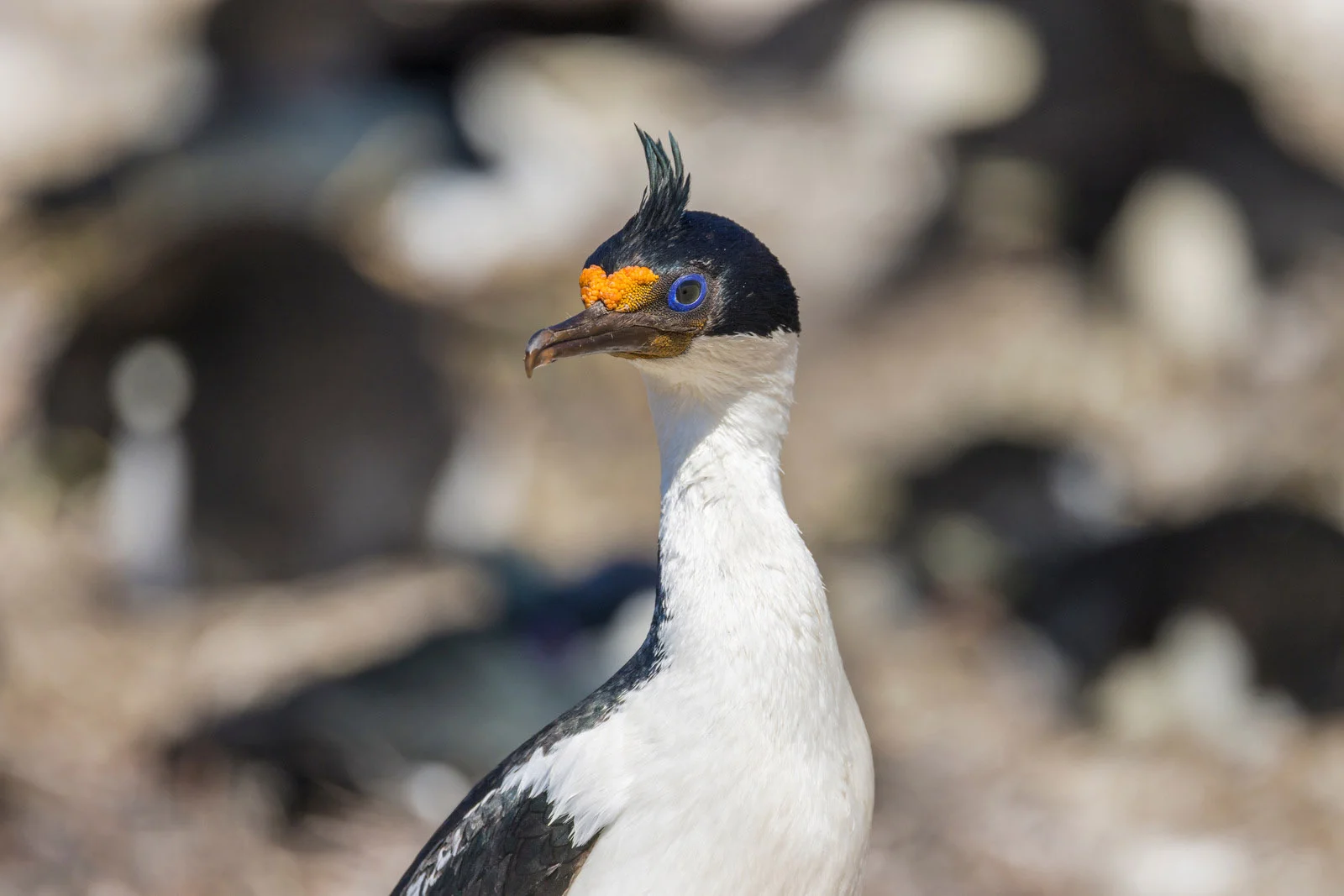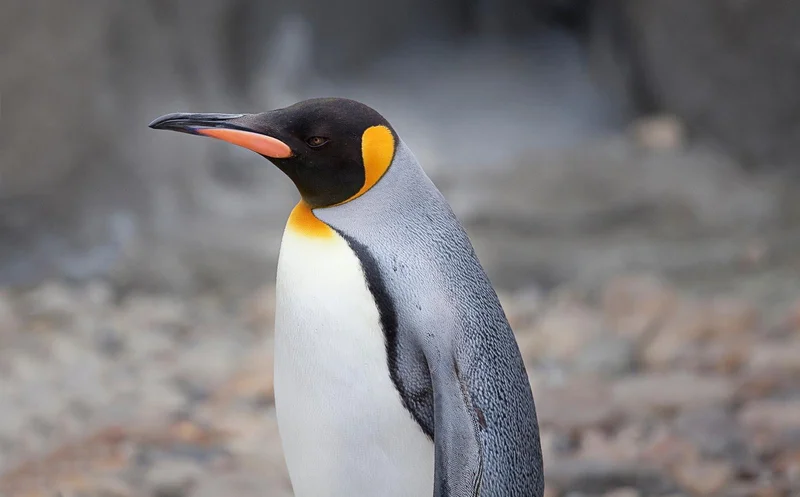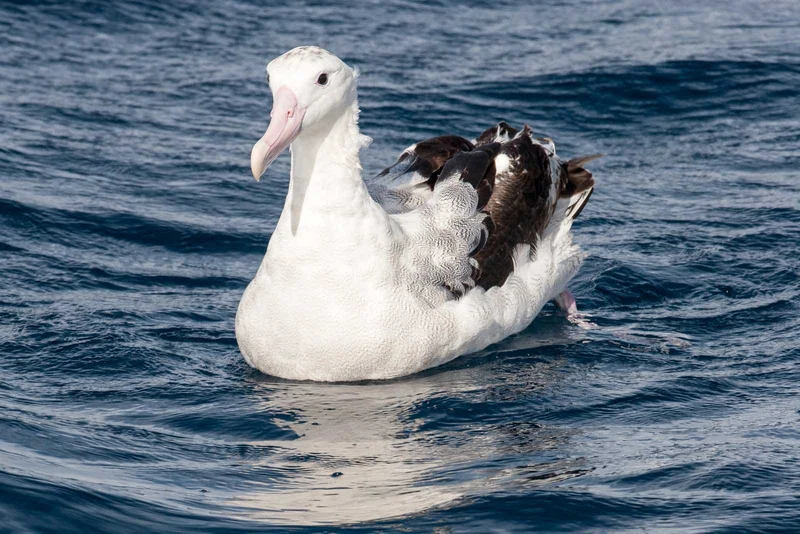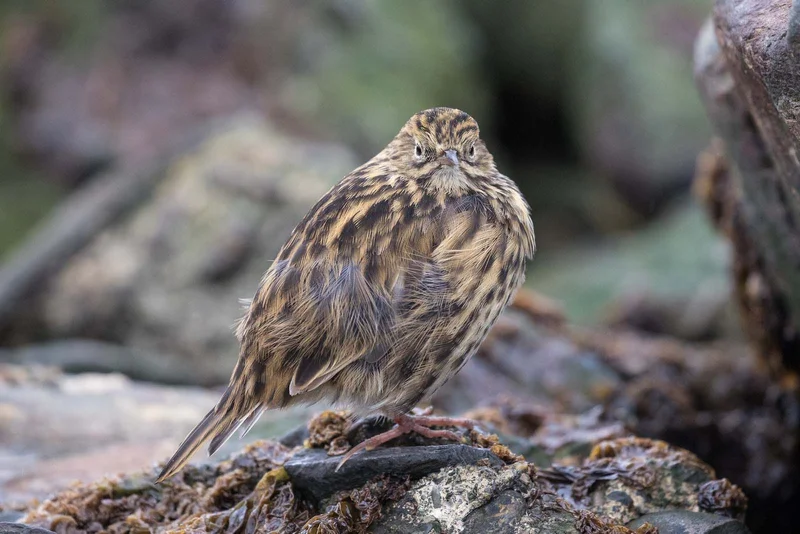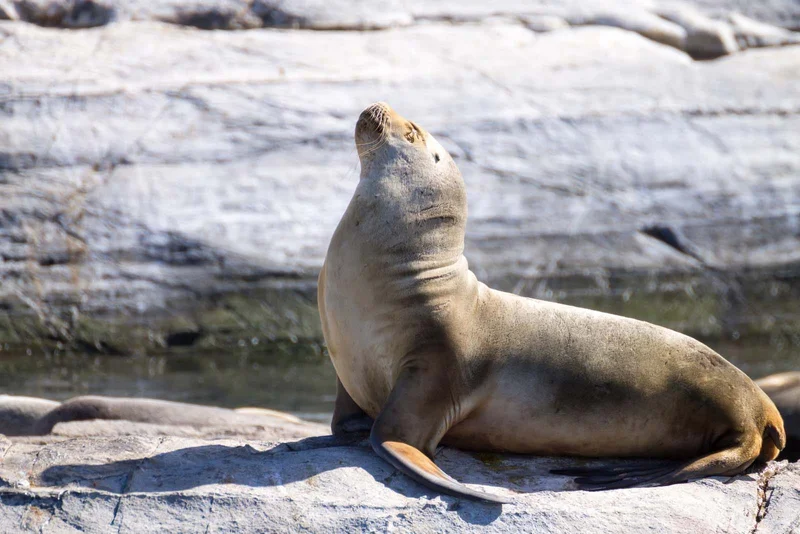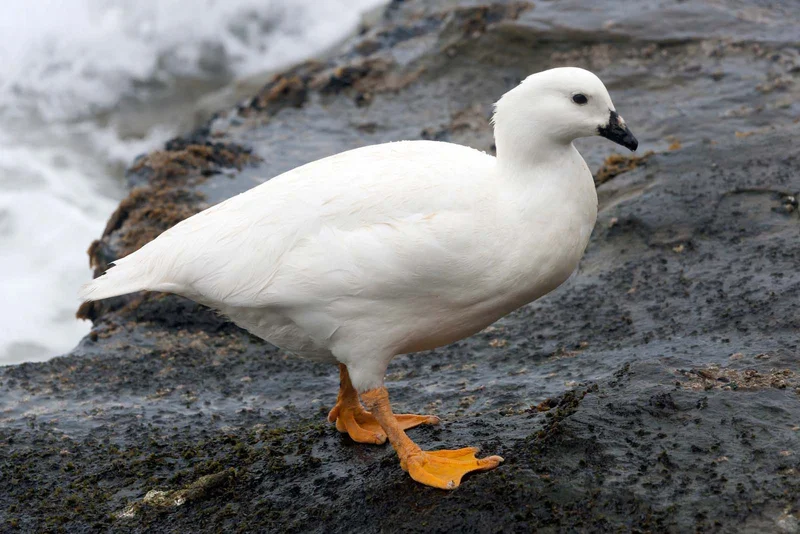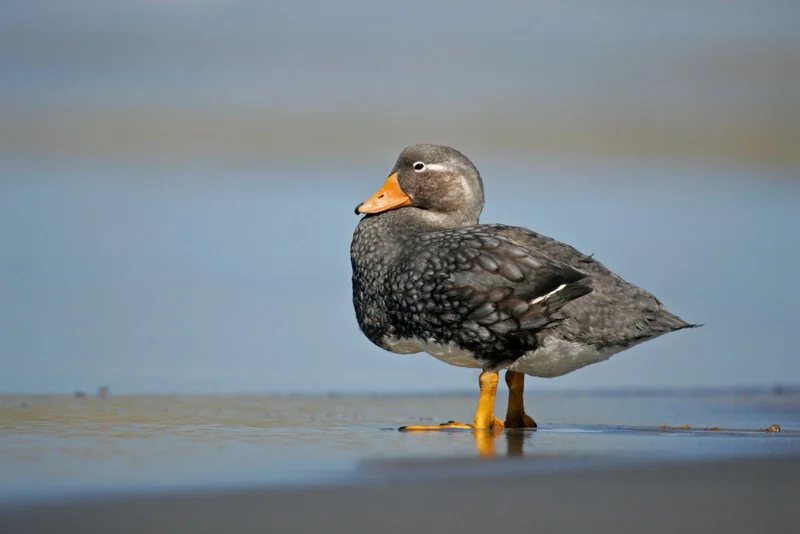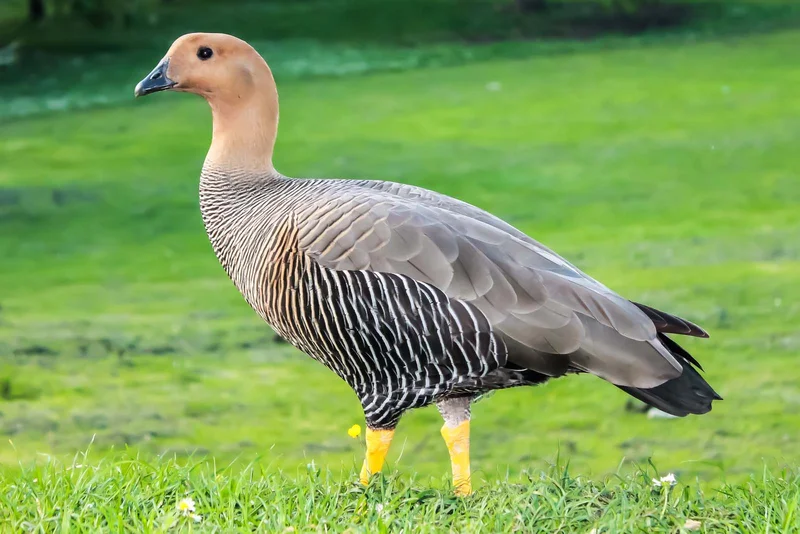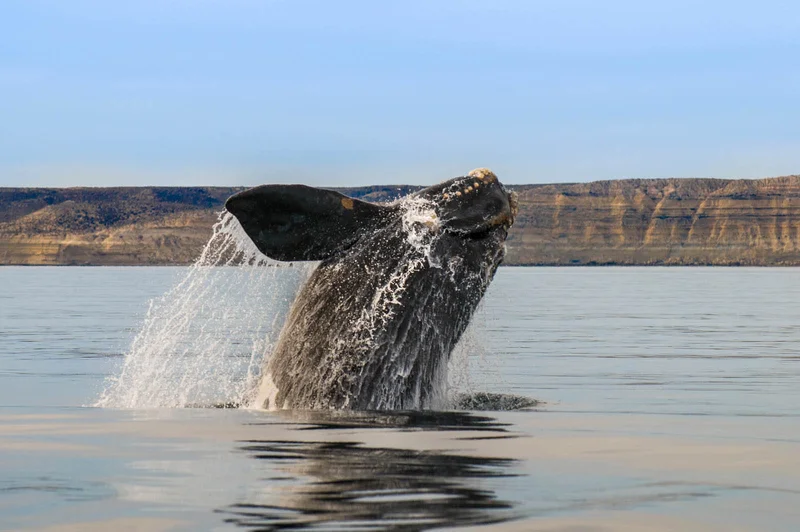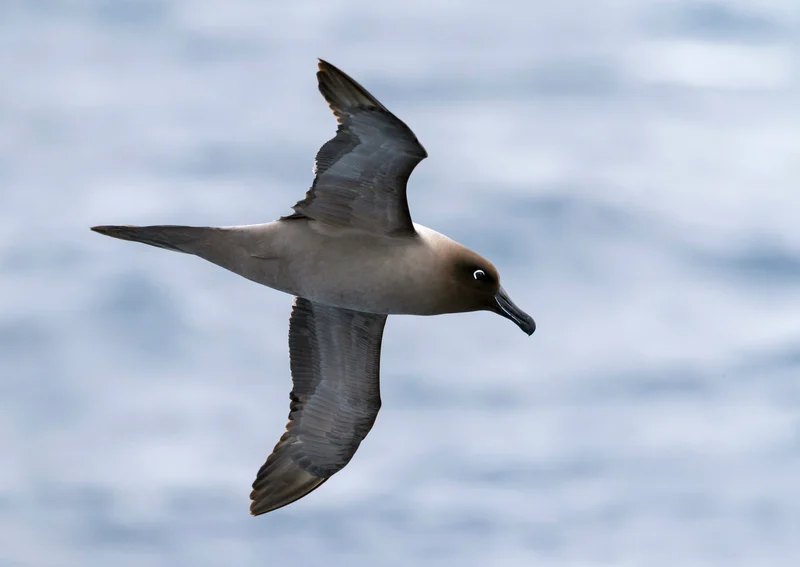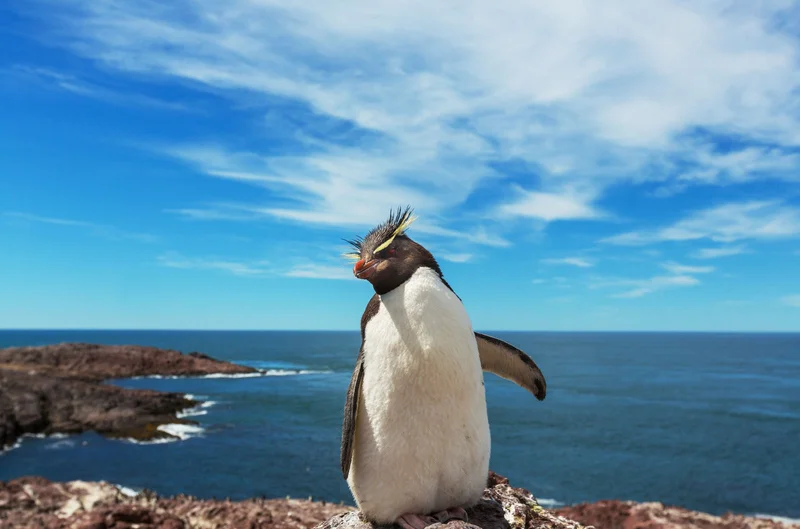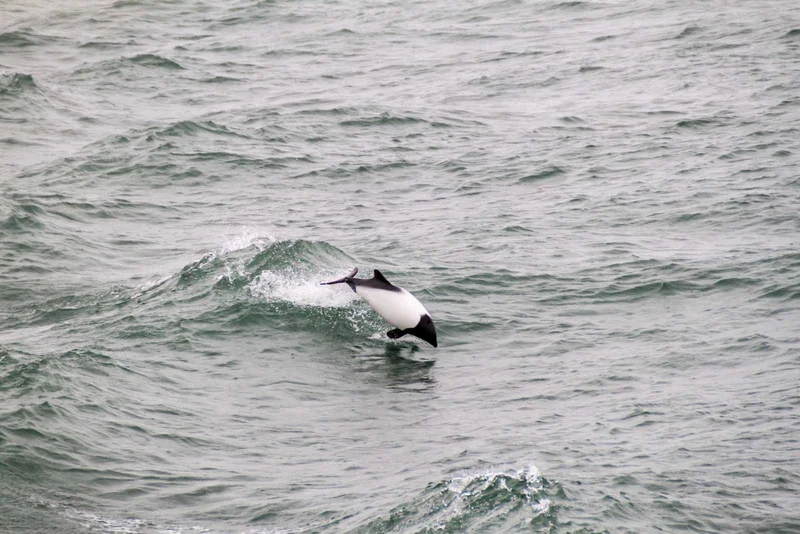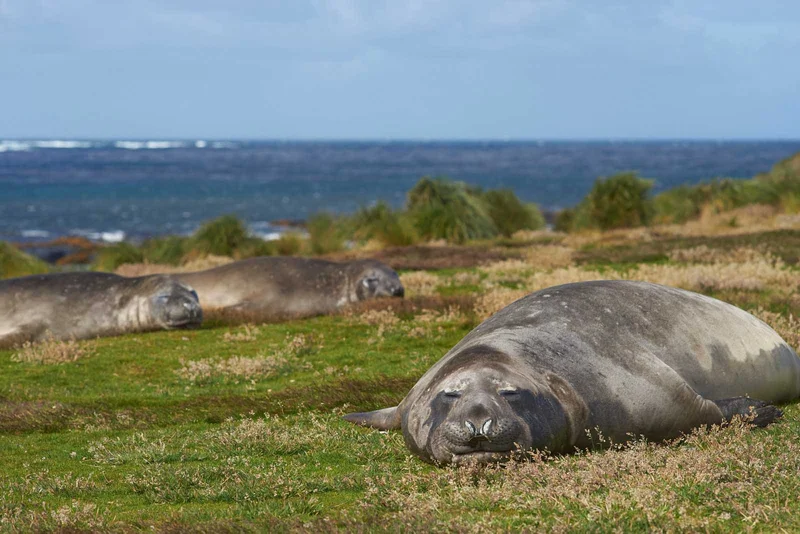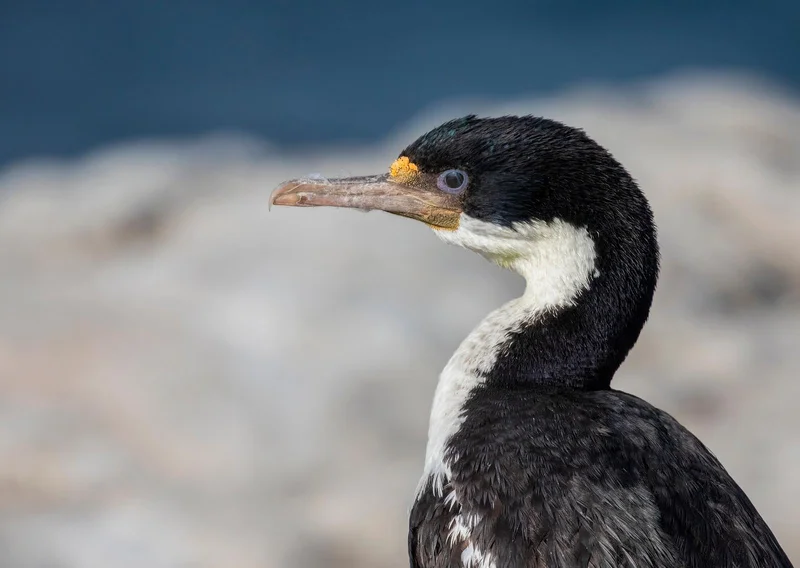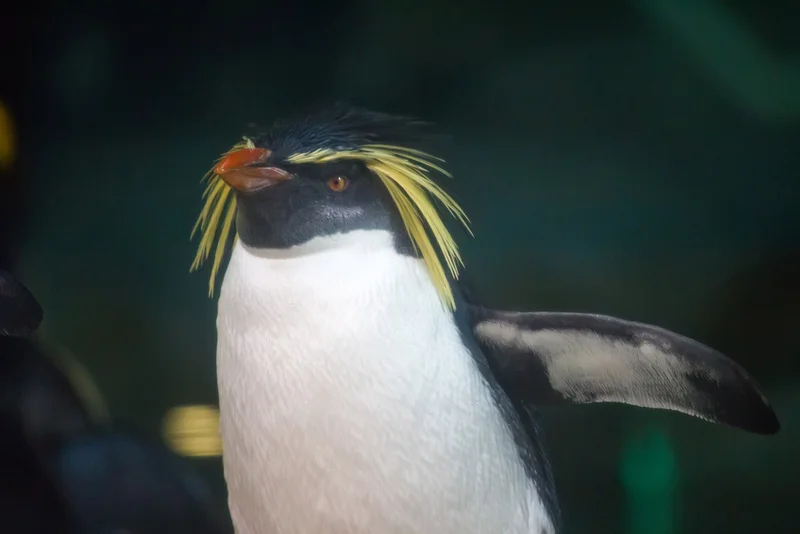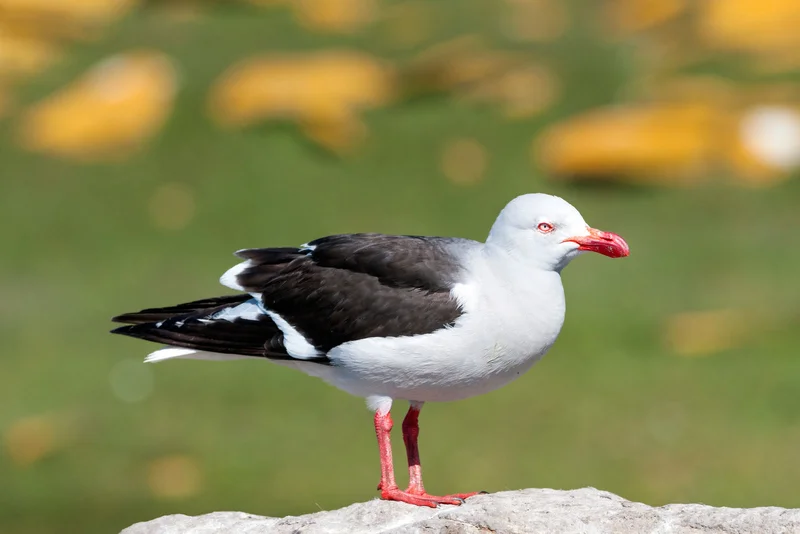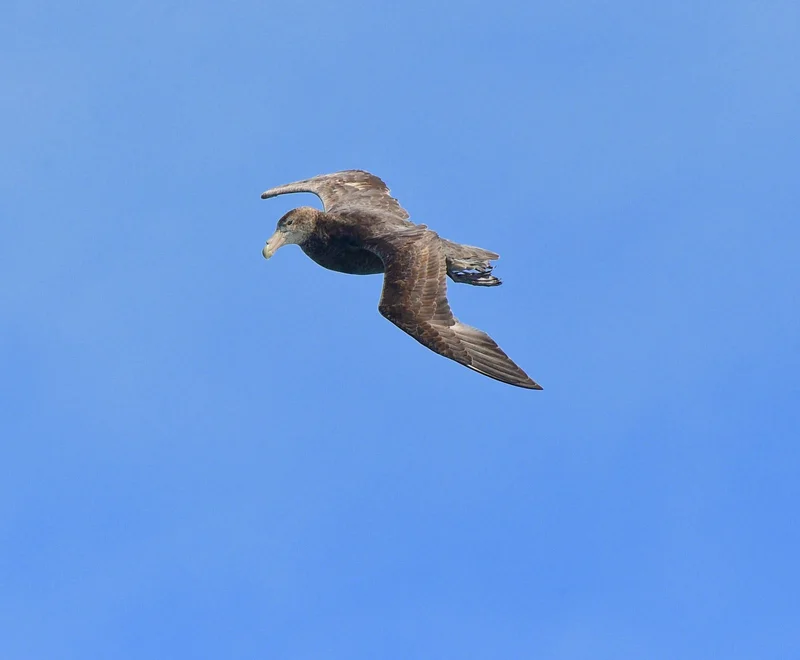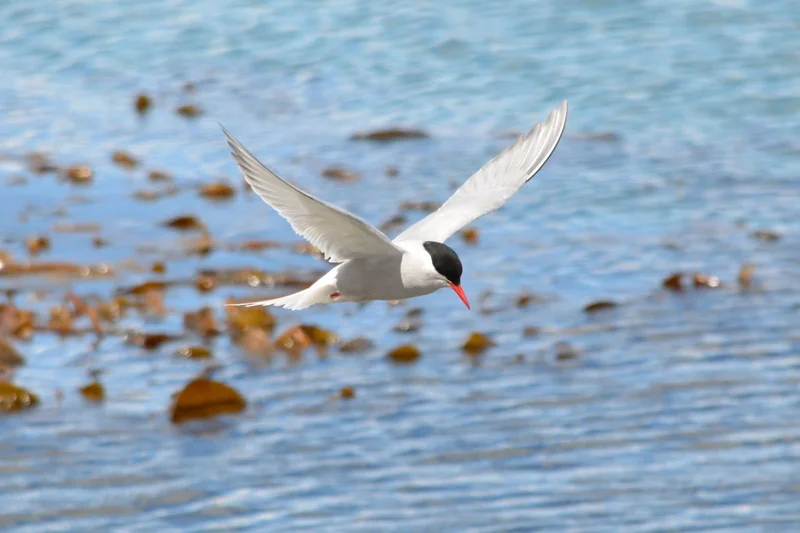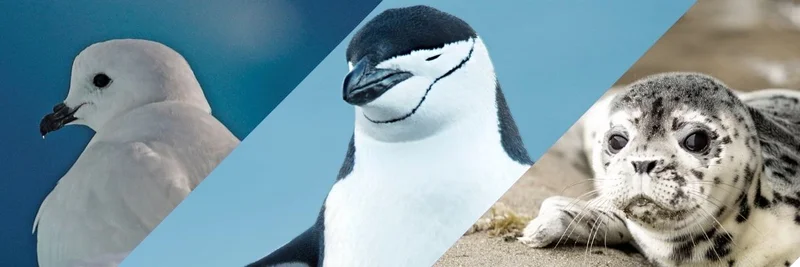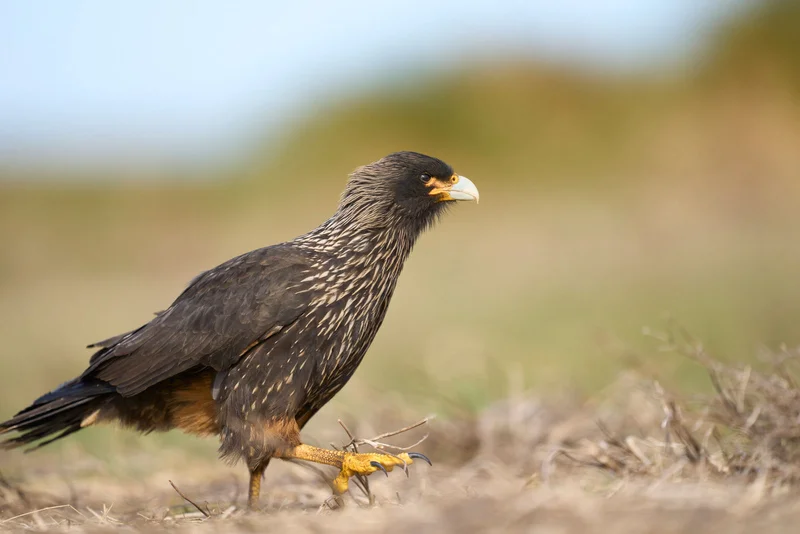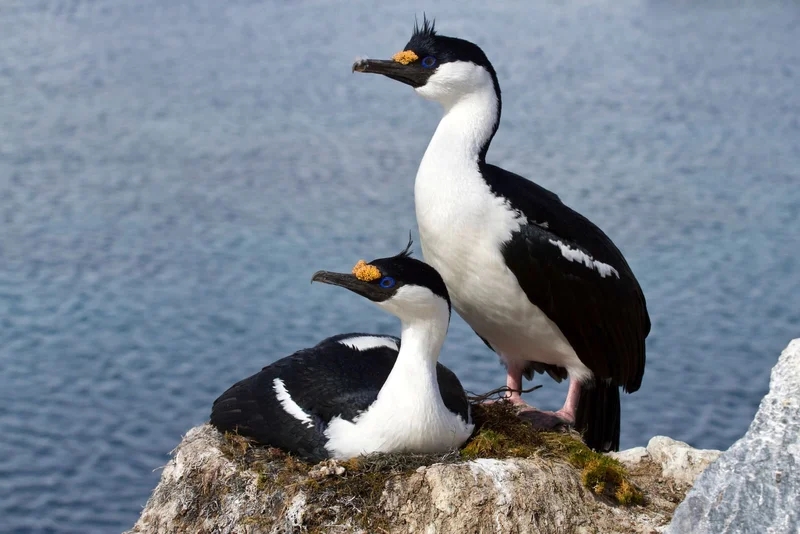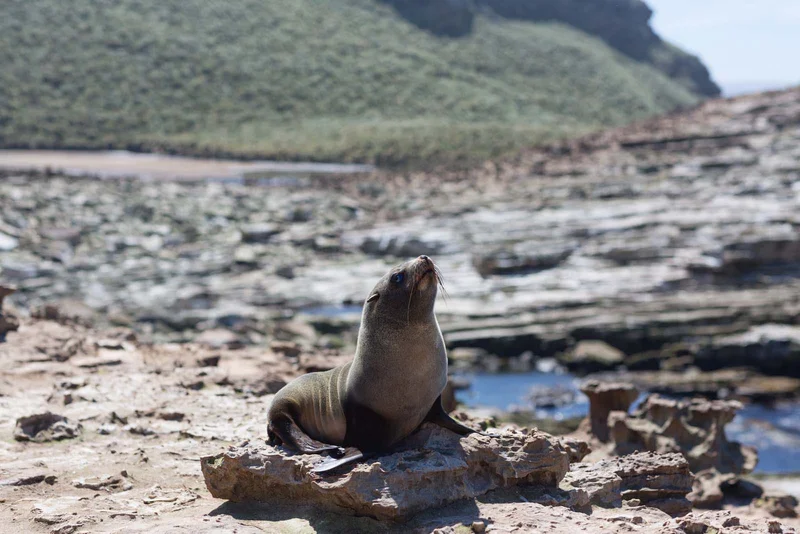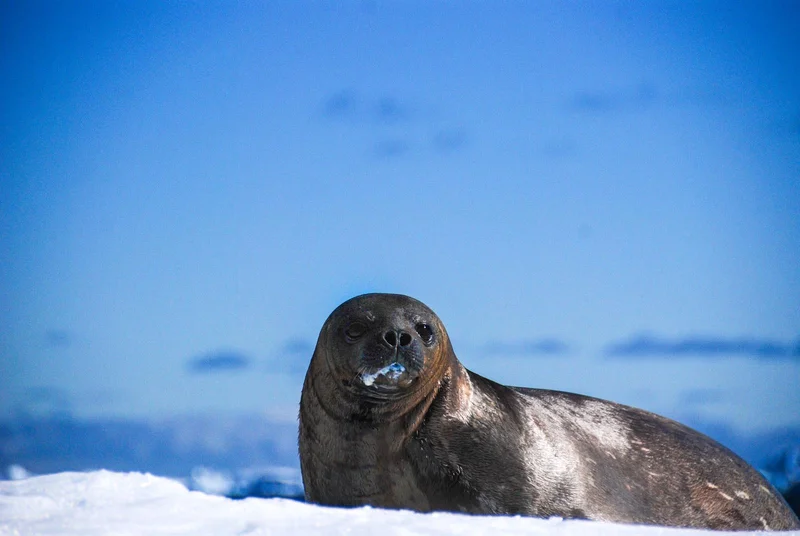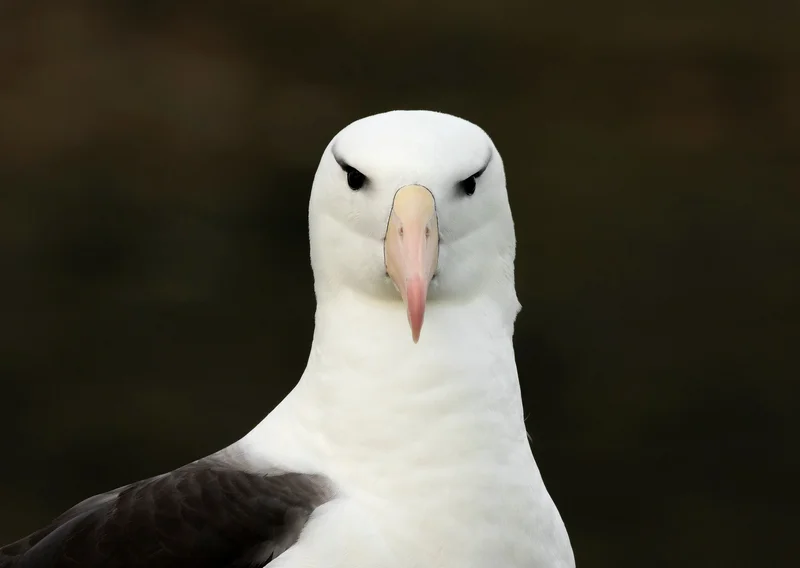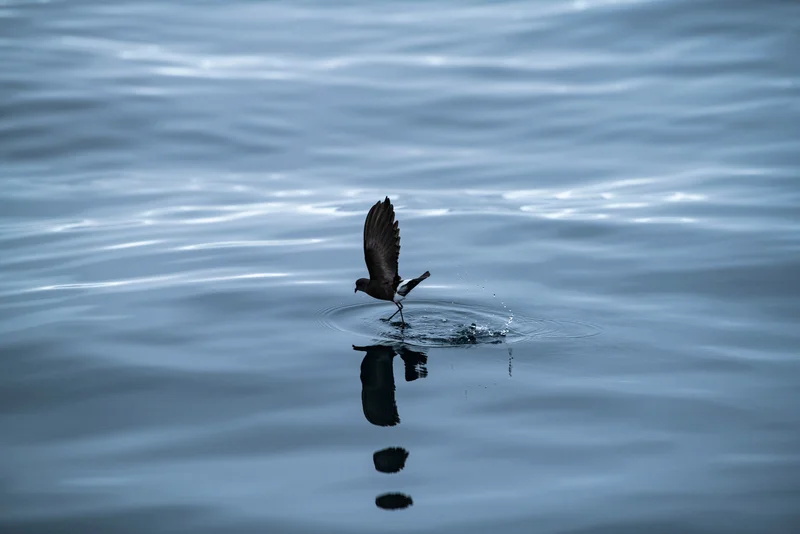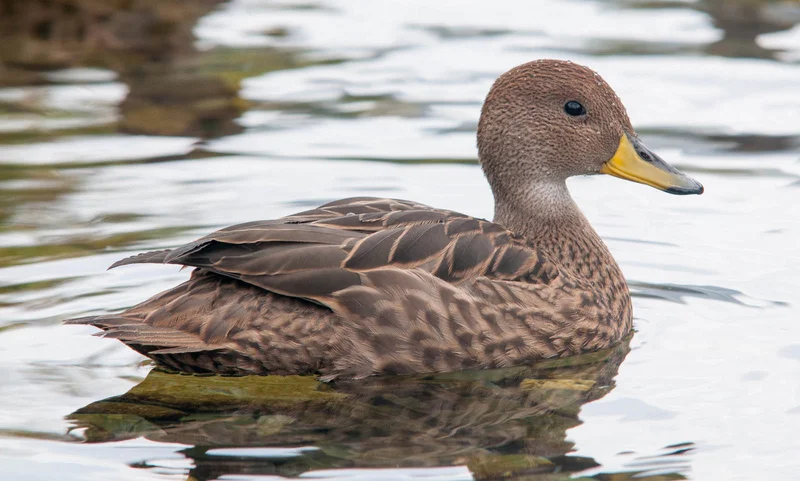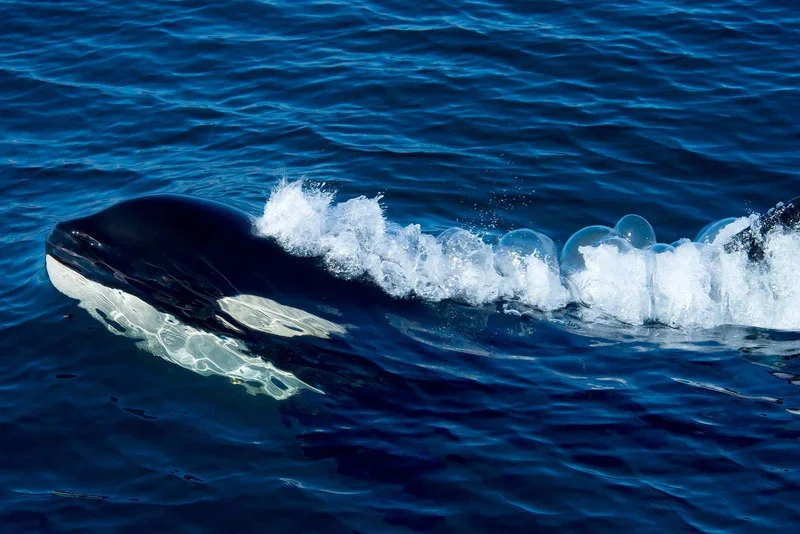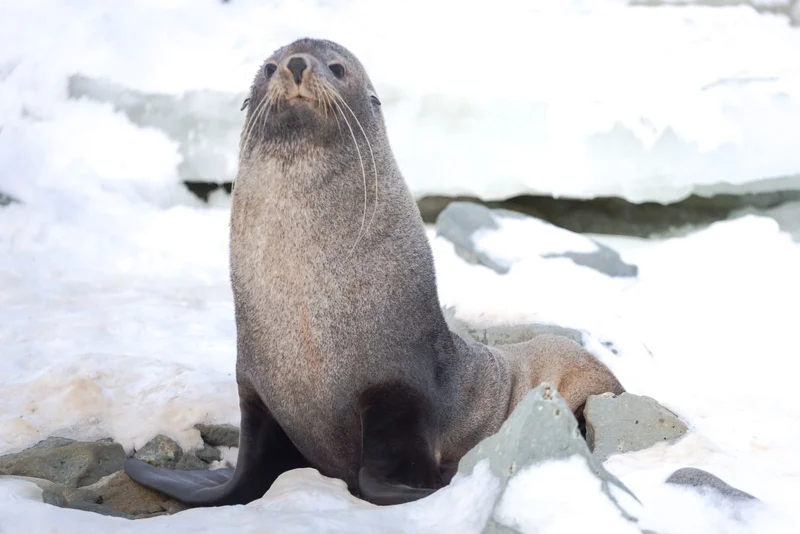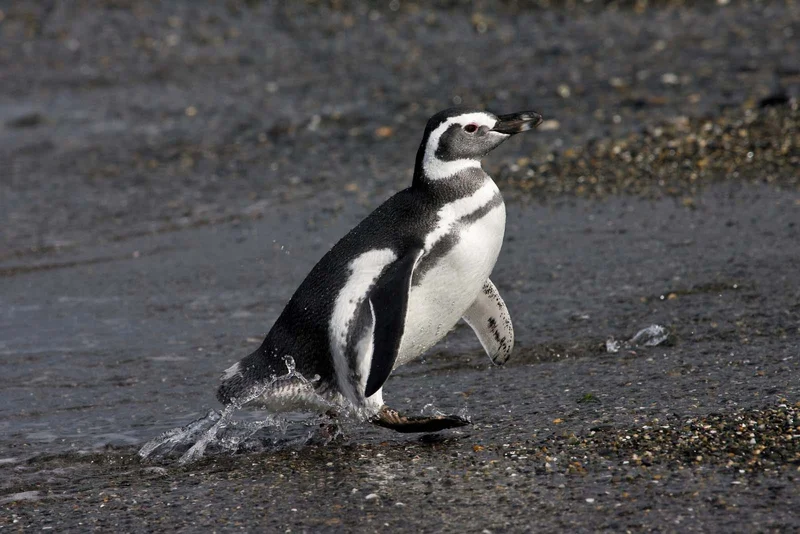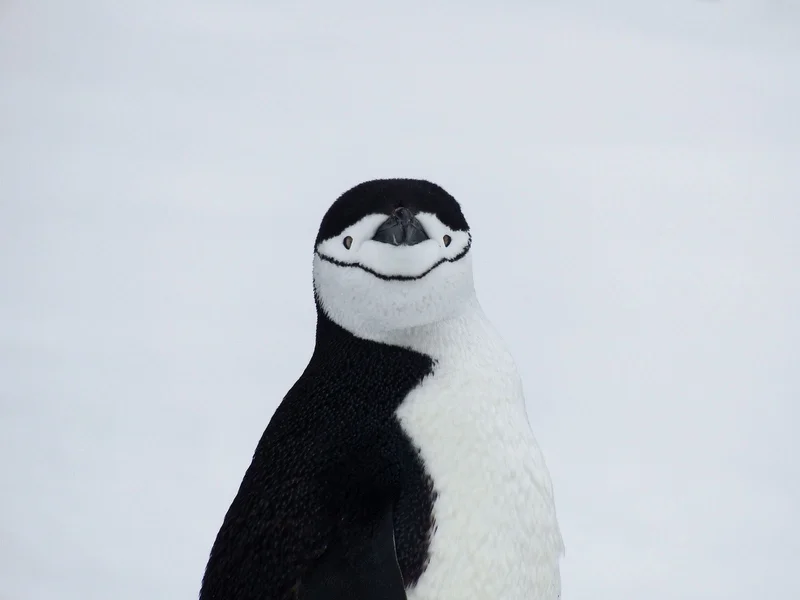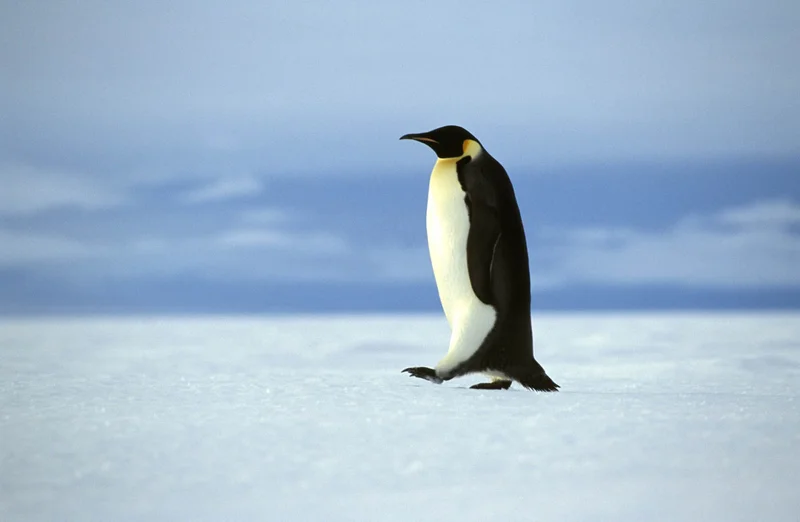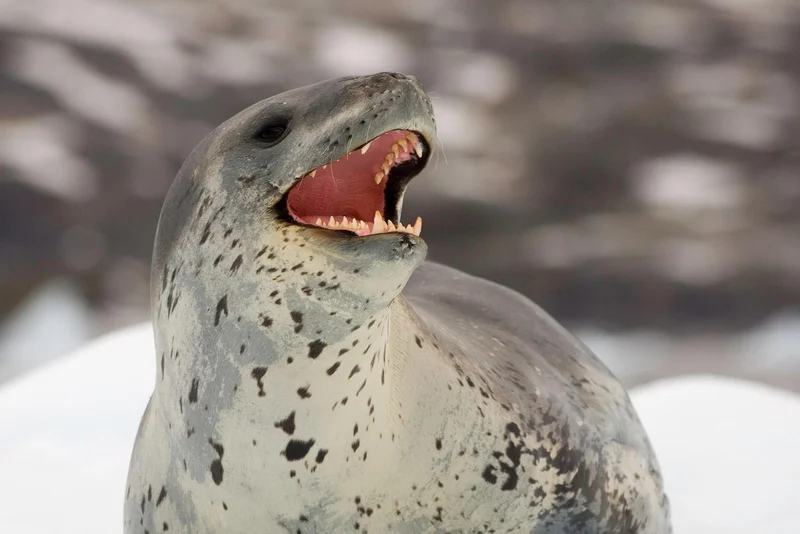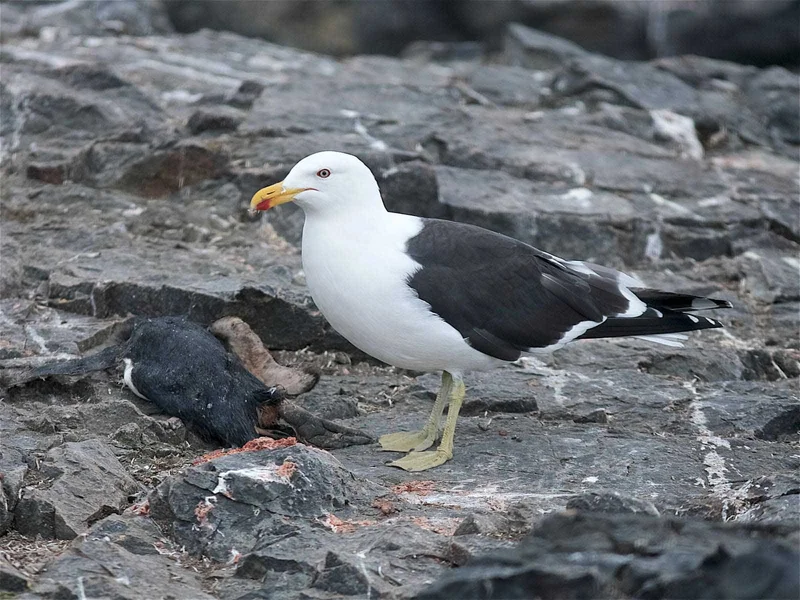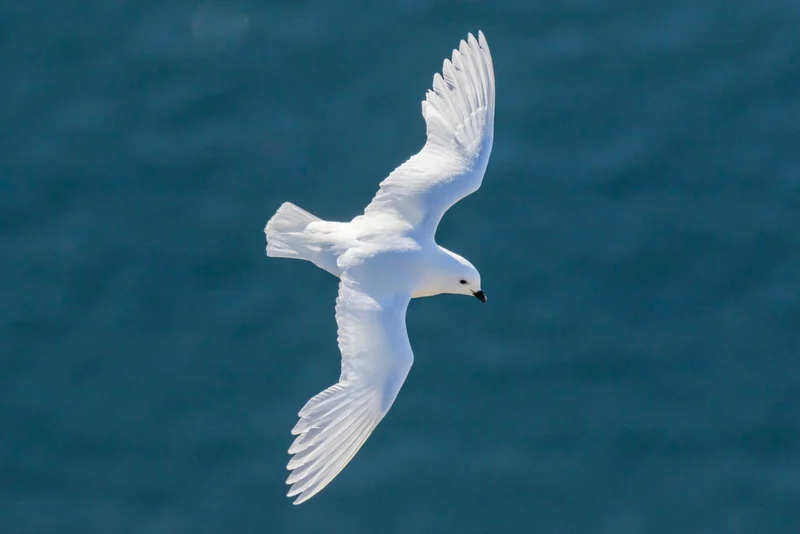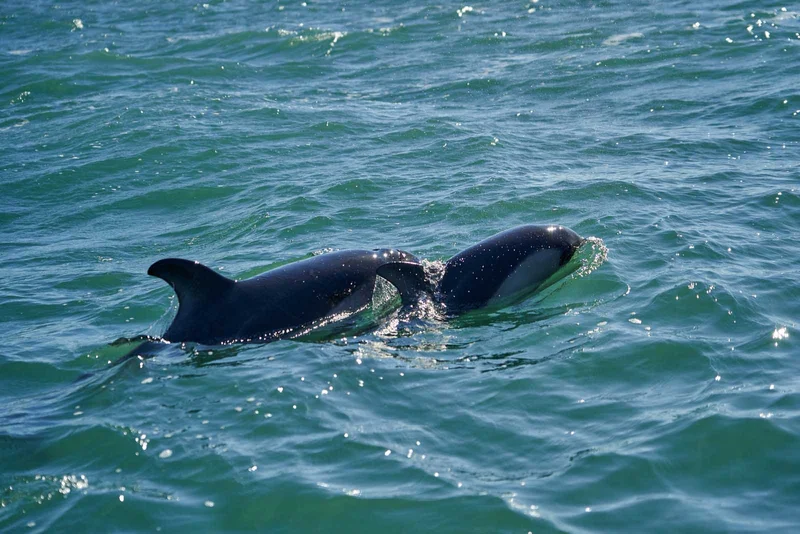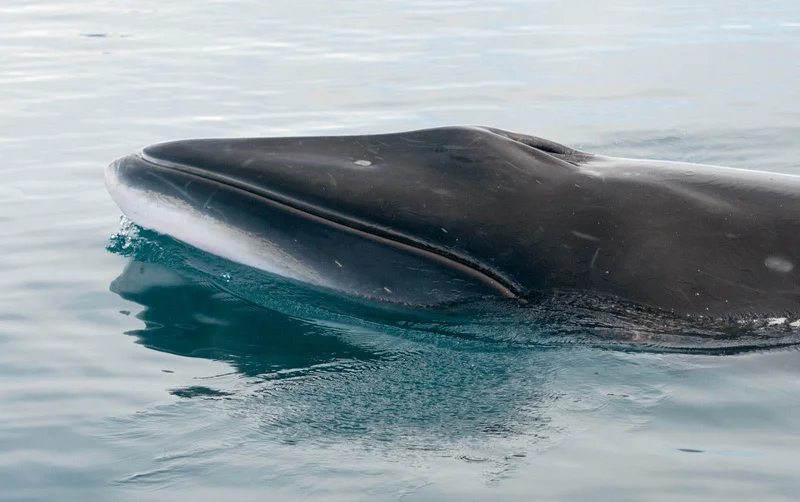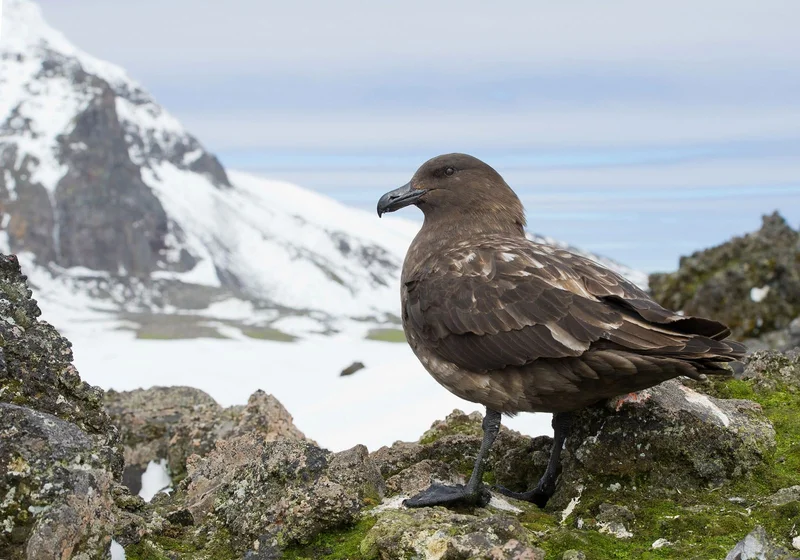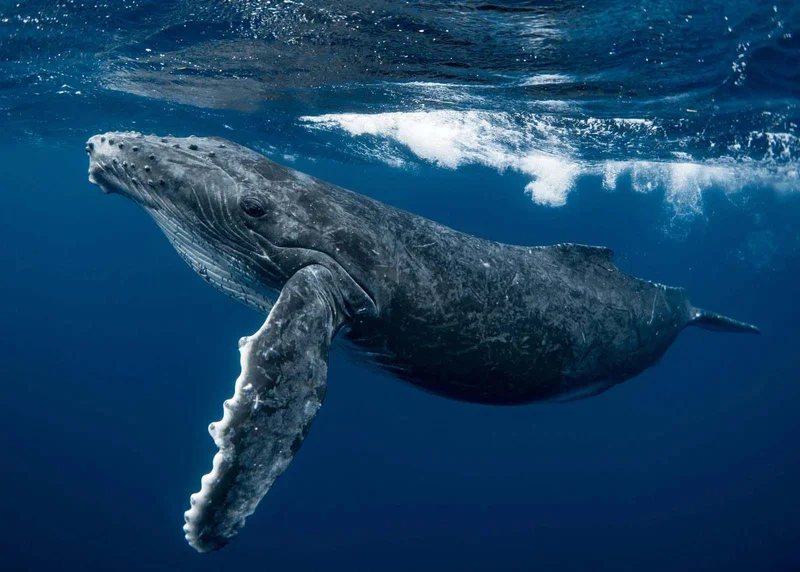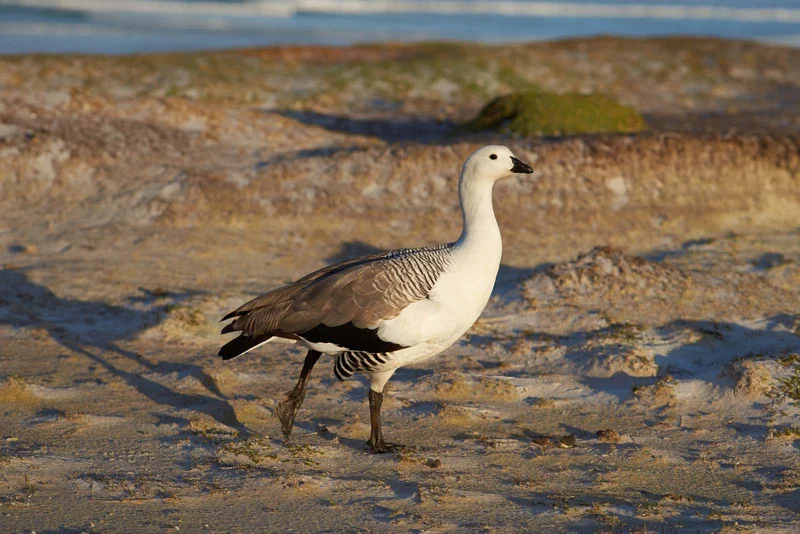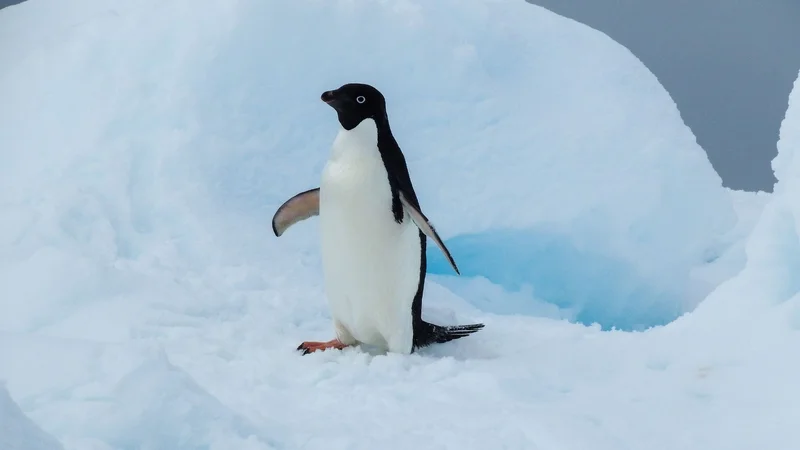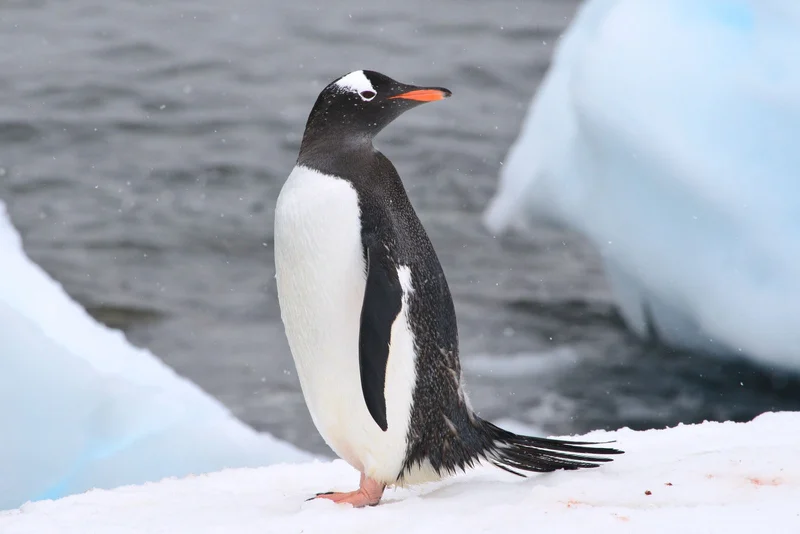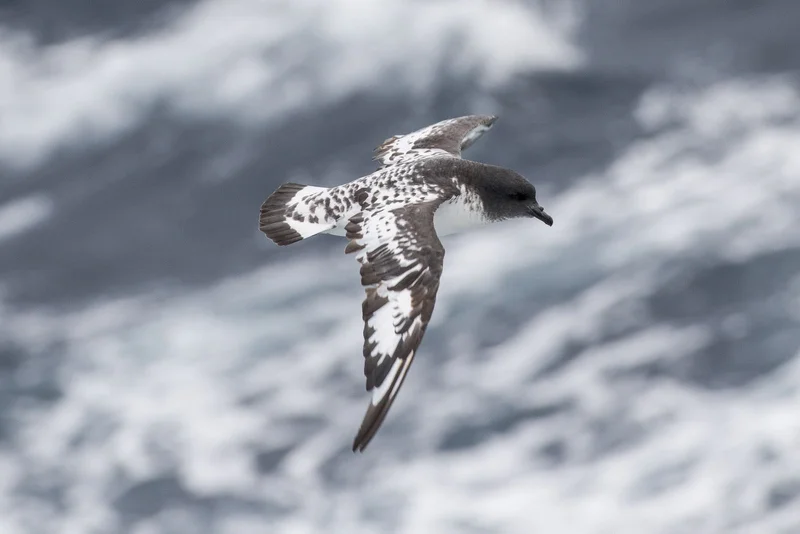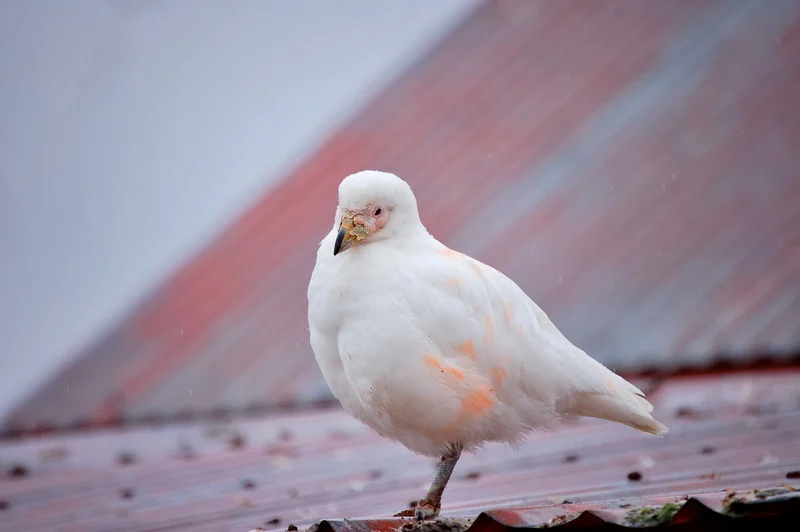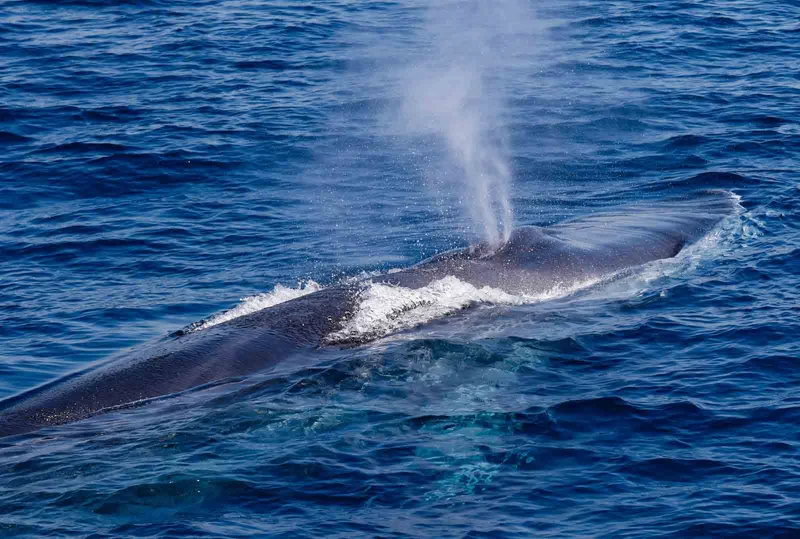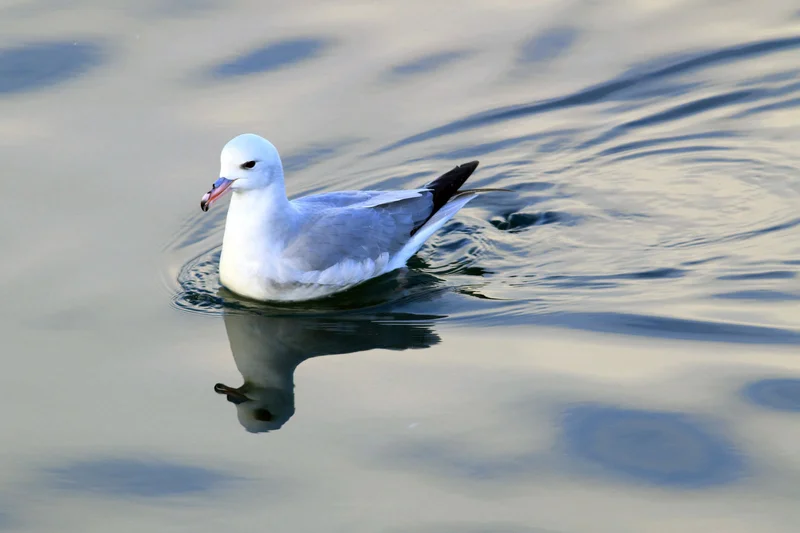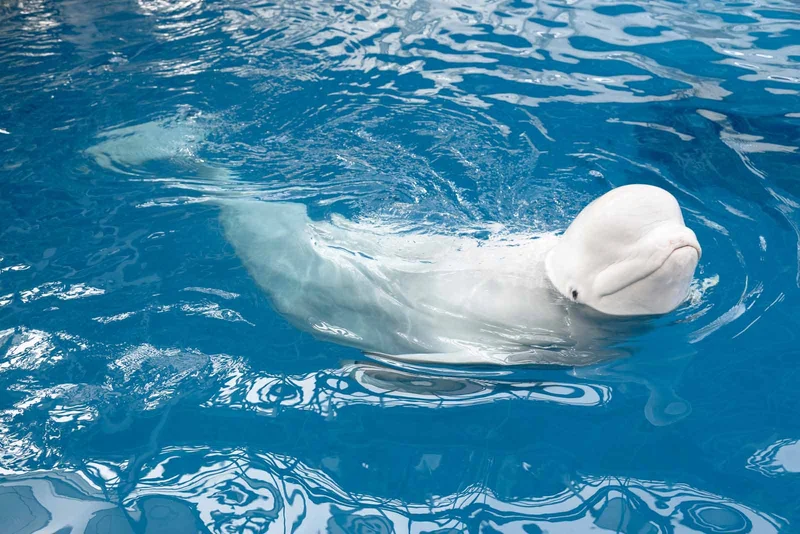Essential Blue-eyed Shag Information
The Blue-eyed Shag, also referred to as the Antarctic Shag, is the only cormorant species found in Antarctica. This seabird has sparked debate over its taxonomy, with other names including the Imperial Shag, King Cormorant, and South Georgia Shag.
Physical Characteristics
The Blue-eyed Shag stands about 75 cm (30 inches) tall, weighs around 3 kg (7 lbs), and has a wingspan of 1.2 meters (4 feet). Its name comes from the distinctive blue-colored skin surrounding its eyes, not the eye itself. It also has a yellow, warty growth above its bill. Unlike other cormorants, this bird does not need to dry its wings after diving, thanks to its dense, waterproof under-plumage that protects it from the harsh Antarctic climate.
Habitat and Nesting
Blue-eyed Shags are found in the South Shetland Islands, Elephant Island, and along the Antarctic Peninsula. They do not migrate, staying in the same region year-round. During the breeding season, these birds form colonies and build cone-shaped nests from beach debris, seaweed, and feathers, often cemented together with their own feces. Both parents share responsibilities, with the male feeding the chicks while the female keeps them warm.
Feeding and Behavior
Blue-eyed Shags are diving birds, capable of swimming down to depths of 80 feet to catch fish and crustaceans, which make up the majority of their diet. These birds are known for their grooming behaviors, often spending time preening each other as part of pair bonding.
Conservation Status
With an estimated population of around 20,000 individuals, the Blue-eyed Shag is not considered endangered. However, its population remains relatively small, making it important to monitor.
Interesting Facts
- Diving Experts: Blue-eyed Shags are pursuit divers, using their large webbed feet to propel themselves underwater.
- Chick Feeding: Chicks feed by sticking their heads down the parent’s throat, a behavior that can appear as if the adult bird is trying to swallow them!
- Fledging Challenges: Young shags practice their first flights in groups but are vulnerable to predators like skuas during this stage.
